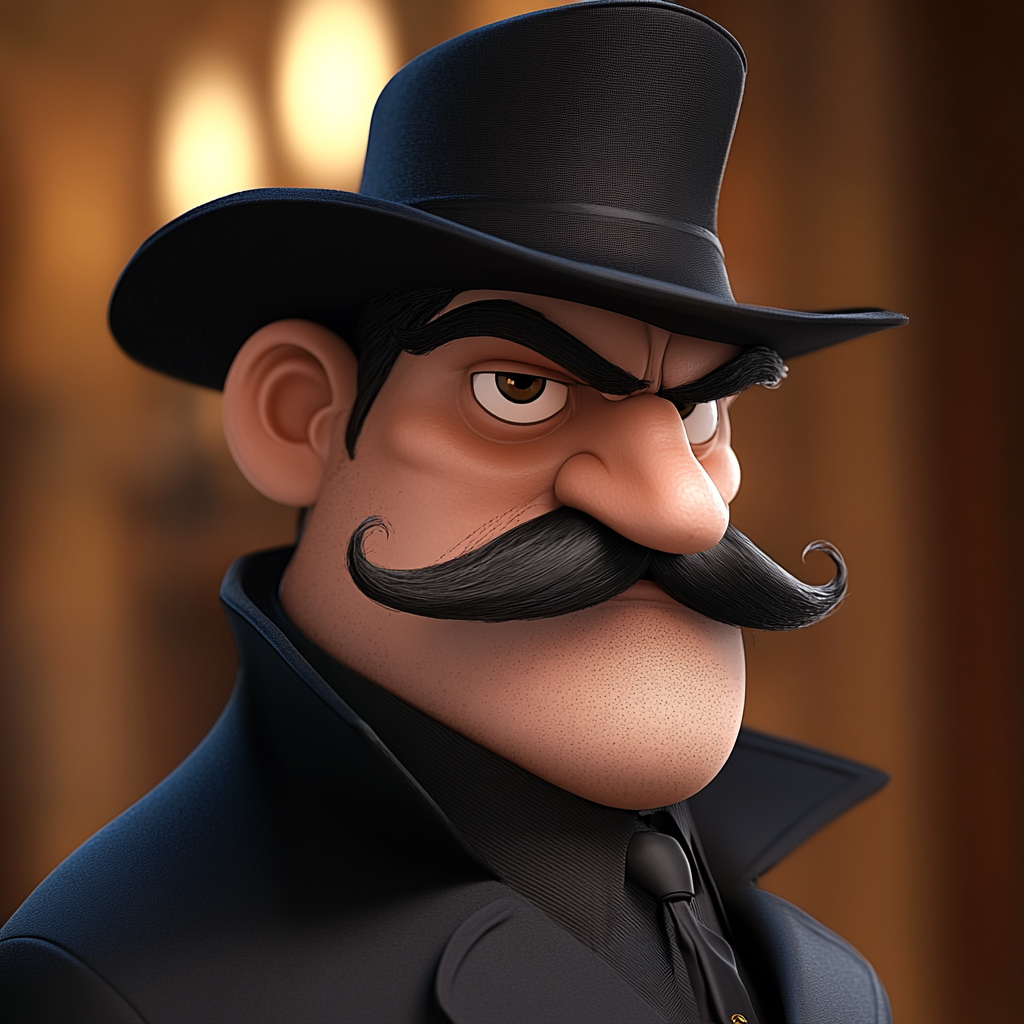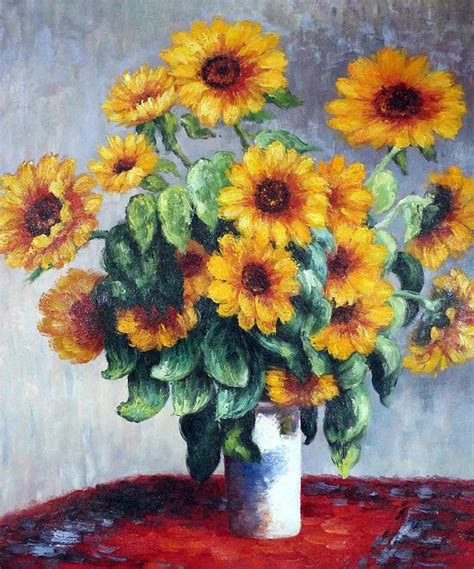I plant to buy a camera set, consisting of the lens and the camera body itself.
But, I don’t just want to ask
I have a budget of ~1000 bucks, I want something that is light sensitive, has modern software, is preferably not Sony, and has a low minimum focus distance. It can be, especially the lens, a few years old, since I prefer to buy it used.
I want you to help me by letting me help myself.
Is there some sort of website, that asks me simple questions on my preferences, budget and use cases, and then suggests me a few combinations of cameras?
Right now, I’m a bit overwhelmed by all the choices, and I don’t want to buy something that is incompatible or just not what I wanted…
Genuinely curious what you have against Sony. Canon user myself, but Sony is pretty popular, what’s so bad about it?
I had the same issues years before I bought my Canon 7D. AFAIK there isn’t a pcpartpicker.com for photography gear, but I spent many hours reading the forum posts and reviews on DP Review.
The main takeaway I got from them was to spend on lenses as they will stay with you through multiple camera bodies.
Also if you go the Canon route, they used to (and maybe still do) have a program where you get a credit for trading in a Canon camera. It did not need to be working. I bought a dead canon from ebay (~$20), punched in the serial, and I think they gave me over $100 discount/credit towards a body
If you’re going to buy used lenses, make sure you test them thoroughly, a used lens is like a used HDD, you have no idea what the last person did to it. Also, if buying online, make sure you look at the return policy, a lot of places will make you pay the shipping for returns. HTH
Most camera websites tend to be geared towards what’s launching now, and will offer comparisons to other current products, but some will let you compare anything to anything. Examples include:
- DP Review’s Studio Scene although you have to realize that image quality (sharpness, contrast) can be greatly impacted by the lens on the camera. I would use this comparison for color tones and performance at higher ISOs (for example, the wine bottle label can fall apart at higher ISOs on some cameras)
- Photons to photos will make it easy to compare dynamic ranges. Note that you’ll rarely be at ISO 100-250 unless you’re shooting very slow/still subject most of the time. I’ll have to follow up with an ISO curve of the photos I took over the past year later this evening
- PXLMAG has a nice tool to let you compare the physical size of different camera bodies and lenses
You need to identify what you’re going to be photographing, what you want, and let that guide your purchase.
Your decision points are:
- Do you want to go analog or digital? Analog gear can be dirt cheap, but film and film processing adds up
- If you’re going digital, do you want to go DSLR (digital single lens reflex) or mirrorless? DSLRs are basically analog cameras, but with a sensor instead of film. Some can also shoot video. They largely all have analog viewfinders that “look through the lens” via a mirror and a prism, so when you take a photograph the mirror flips down, the shutter goes, and bam you get a photo. It’s a pleasant tactical experience. Mirrorless cameras lack the mirror. Mirrorless cameras include older point and shoot digital cameras (think Nikon Coolpix) and more recently mirrorless interchangeable lens cameras. Most of them can record video. Mirrorless designs have been replacing DSLRs, so DSLRs are pretty cheap on the used market. If you’re thinking about an interchangeable lens camera, most analog and digital cameras have common mounts and thus a very big used lens catalog (see: Nikon F mount, Minolta/Sony a mount, etc) but mirrorless cameras all have different mounts. You can adopt analog/DSLR lenses to mirrorless mounts, but it adds some bulk and cost
- Do you want a fixed lens cameras or an interchangeable lens cameras? Fixed lens cameras can be more compact (see: Ricoh GR and Fujifilm x100), but interchangeable lens cameras offer more flexibility
- What style camera do you want? Do you want a high center mount viewfinder, do you want a rangefinder, or do you only want a screen?
- What sized image capture area do you want? In film land, this is your film size. In digital land, this is your sensor size. I’m going to use digital terms going forward. Smaller sensors are… smaller and the physics works out that lenses will also be smaller. Assuming of course that you can buy a lens optimized for that size of sensor instead of simply using a lens for a larger sensor on your smaller sensor body because they share a common mount and “bigger” glass tends to be more common. Smaller sensors give you a “crop” factor, so a smaller sensor body will increase the level of magnification relative to a larger sensor (example 25mm micro four thirds = 50mm full frame). Smaller sensors mean less depth of field, which can be a good thing (more is in focus!) or a bad thing (less subject isolation) depending on your use case. Larger sensors gather more total light (yay surface area), so they will have less noise at a given exposure than a smaller sensor… but if you have enough light it doesn’t really matter.
My take?
Modern glass is really very good, but analog and DSLR glass generally isn’t significantly worse. Analog and DSLR glass is also getting pretty cheap as active photographers move to mirrorless since that’s the new hotness.
Modern bodies make taking great photographs easier than older bodies in two regards: smarter autofocus algorithms that can intelligently choose a subject and higher burst rates (eg take faster sequential photos). More modern bodies also handle high ISO (low light) better, but you can generally avoid this with fast glass. The rest is pure quality of life - more preset shooting modes, connectivity, etc. Old cameras have been taking great photos since the beginning. High end cameras have been taking low quality photographs since the beginning. Higher end cameras won’t help you develop an eye for action or framing, but might make it easier to capture the moment.
If I had to offer a blind recommendation it would be for a Nikon D7x00 (eg D7000, D7100, D7200, D7300, D7400, or D7500). That was Nikon’s top crop sensor DSLR ramge, which does mean some bells and whistles but more importantly it also includes a built in autofocus motor. This will let you use any autofocus f-mount lens going back to the mid 1980s (look for AF in the lens name), as well as newer lenses that have their own built in focus motors (AF-S). You’ll obviously be able to use manual focus lenses too. The autofocus system is very reliable (use single point and keep it on your subject) and there’s plenty of great used glass on the market. I am personally leaning toward fast primes these days, as they generally sharper than zooms and offer faster apertures than zooms, but that choice is very use case dependent. I’ve taken photos of my kids at our local zoo two years running with a f/1.4 lens during their holiday lights display and was surprised that very few of my photos cracked ISO 500.
So, back to you.
I have a budget of ~1000 bucks
Go used! Also go mirrored - they’re in less demand now, and were once very popular, so there’s a ton of used product on the market for cheap.
I want something that is light sensitive
Not sure what you mean here. I’m guessing you mean dynamic range? Honestly, unless you’re going to be shooting super high contrast (bright bright and dark dark) scenes and don’t want to lose information in the highlights and shadows any body from say 2010 onward will probably be good enough. The quality of photos taken by my old D40 is not significantly behind my A7III or A9, or the Z6II I bought and sold used. The only thing to possibly think about is sensor size. If you’re going to be shooting lots of low light with motion and horrible lighting it might be worth thinking about a full frame body. Another thing to potentially think about is a body with a dual gain sensor, but these will be newer and higher $$. Unless you’re going to be photographing lots of concerts and museums, I wouldn’t worry about low light beyond buying a fast lens (f/1.8 or better).
has modern software
Not sure what you mean.
All digital cameras have some level of inbuilt software and it’s all varying levels of serviceable. You’ll adopt fine to any camera body over time - even on cameras with “old crappy menus”. The truth is you probably won’t be in the menus very often and can bind physical buttons to your most used controls.
You don’t have to use the OEM’s image processing software. Many use Photoshop. I use darktable which is FOSS.
Some digital cameras have a companion phone app. Most of these are pretty meh and aren’t needed. I do leave the Sony app running on my phone to share location information, but very rarely use it for anything else.
is preferably not Sony
I wonder why. Sony is probably the king of autofocus. Their bodies are also pretty compact if that’s your thing.
and has a low minimum focus distance
This is up to the lens, not the camera body. Generally speaking, glass designed for smaller sensors will have closer minimum focusing distances than glass designed for a larger sensor. If you want up close and personal, micro four thirds (M43) is king. It will be closer focusing and since it has more depth of field more will be in focus. Note that everything is doubled and halved compared to full frame if you’re trying to compare full frame lenses to M43 lenses. The thing to search for is “lens equivalence”. Note that this can be a bit thorny.
There are macro full frame, and crop, lenses but they’re less common. Especially in full frame, the shallower depth of field means stepping down the lens, which will cost shutter speed or ISO. That or you’ll have to use a flash. Most of my recent photos on beebutts were taken on an OM-1 with the 12-40.
It can be, especially the lens, a few years old, since I prefer to buy it used.
For $1,000 you’re also going to be looking at a used body - especially if the $1,000 covers both the body and lens. There’s absolutely nothing wrong with older bodies and they can/do take great photographs. A good lens or two is a much better expenditure than a “better” body with a compromise lens.
The thing I would pay the most attention to is the system you’re buying into. Even with used gear, you’ll still lose some $$ if you sell it to buy something else.
Feel free to ask follow ups. I’ll respond, but responses will be delayed.
Reviews reviews reviews.
Cameras are kind of a dime a dozen nowadays. They all accomplish nearly the same thing and most people would opt for a phone with a nice camera before thinking of a dslr or mirrorless camera.
So when a camera really sticks out as quality and unique in the reviews it’s usually a good sign. To me Fujifilm are making some of the best “affordable” cameras right now.
I mean an XT3 would fits a lot of your criteria and can be had on ebay for around 1k as a kit.





